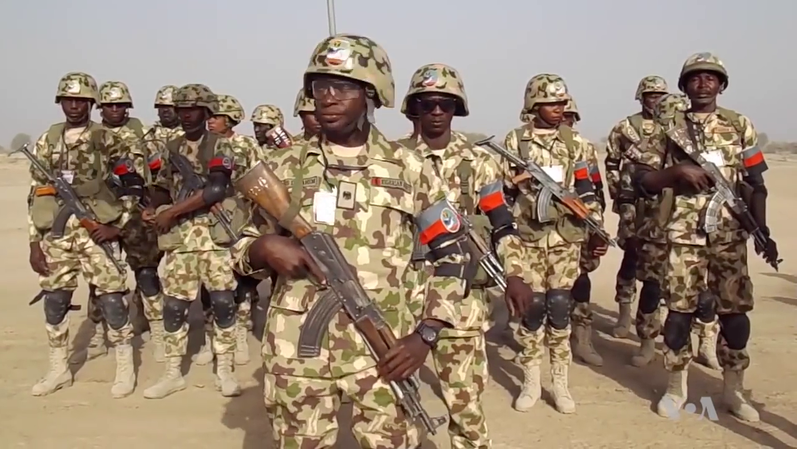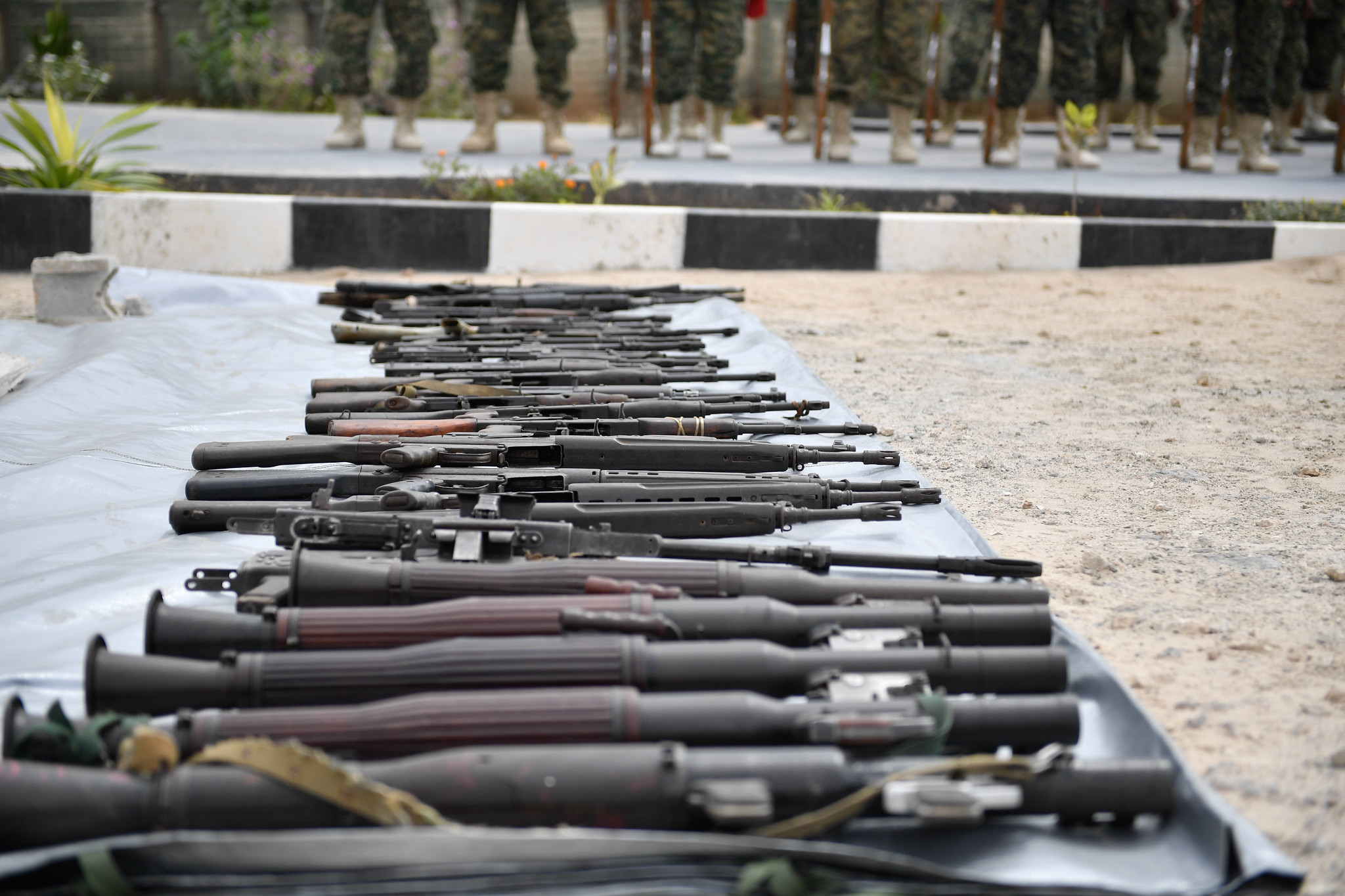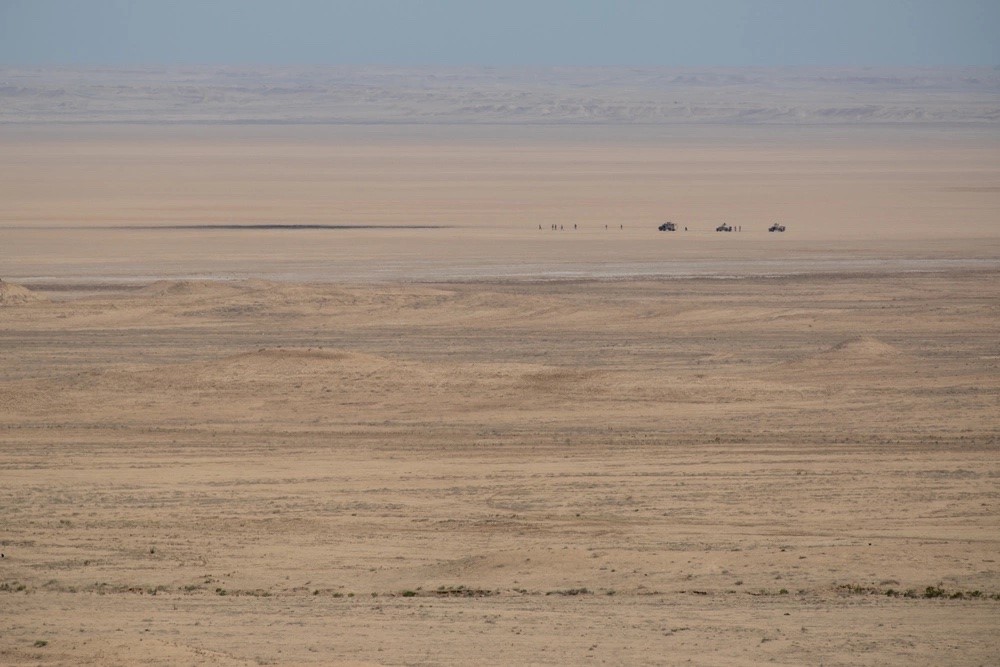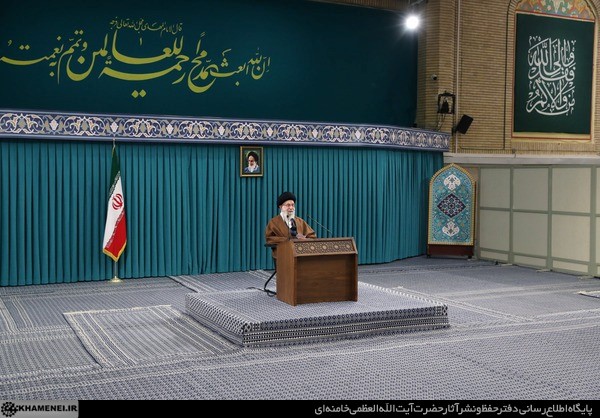“I think the teachers are wrong. We are told that the people of Ukraine were brainwashed, but it seems to me that we were brainwashed here.”
Since Russia’s invasion of Ukraine, the Kremlin has cleansed the Russian information space has been cleansed of almost every source daring to contradict the government-approved narrative. This unanimity of thinking has now spread to the Russian educational system. The first excerpt from the official news agency, TASS, describes a recently mandated school lesson developed by Russia’s Ministry of Education “dedicated to the liberation mission in Ukraine [which] was watched by more than 5 million schoolchildren.” Among other topics, the lesson “explained the danger NATO poses” to Russia, while stressing that “the Russian military does not strike at cities, but disables only the military infrastructure, so nothing threatens the civilian population.”
The second excerpt comes from an article from Russian-run opposition news source Novaya Gazeta, which was forced to suspend operations in late March due to censorship pressure. The article recounts what happened to a 6th grader, when during this history lesson, he “expressed his position on the ‘special operation’” in Ukraine. The student objected to the teacher’s claims that “Ukraine started [the war], and it will end when Ukraine capitulates,” also “that Nazism is flourishing among Ukrainians.” After this classroom incident, the teacher apparently reported the student’s disturbance to the authorities. As the article points out, a few days later, police visited the apartment of the student’s family, turning off the electricity and leaving a summons for an interrogation. The article concludes by quoting the 6th grade student, who said, “I think the teachers are wrong. We are told that the people of Ukraine were brainwashed, but it seems to me that we were brainwashed here.”
Source:
“Открытый урок ‘Защитники мира’ посмотрели более 5 млн школьников (More than 5 million schoolchildren watched the open lesson ‘Defenders of Peace’),” TASS (official Russian news agency), 3 March 2022. https://tass.ru/obschestvo/13956837
The All-Russian open lesson of the Ministry of Education of the Russian Federation, dedicated to the liberation mission in Ukraine, was watched by more than 5 million schoolchildren, the press service of the Institute for the Study of Childhood, Family and Education of the Russian Academy of Education reports.
“More than 5 million schoolchildren watched the open lesson. During the lesson, the audience was told in detail the background to today’s events and explained what danger NATO poses to our country. The lesson also helped to figure out how to distinguish truth from lies in the flow of information,” the report says…. As noted in the text, a video was shown during the lesson, which told about the common history of Russia and Ukraine, traditions, common holidays and cultural heritage….
On February 24, Russian President Vladimir Putin announced a special military operation in Ukraine in response to the appeal of the leaders of the Donbass republics for help. He stressed that Moscow’s plans do not include the occupation of Ukrainian territories, the goal is the demilitarization and denazification of the country. As stated in the Russian Defense Ministry, the Russian military does not strike at cities, but disable only the military infrastructure, so nothing threatens the civilian population.
Source: Irina Lukyanova, “Диссидент из 6-го ‘А’ (Dissident from the 6th A),” Novaya Gazeta (independent Russian opposition news source), 9 March 2022.
https://novayagazeta.ru/articles/2022/03/07/dissident-iz-6-go-a
At a history lesson, a Moscow schoolboy expressed his position on the “special operation.” After that, the police came to his house and turned off the electricity.
Kirill… is 12 years old, he studies in the 6th grade of a Moscow school. His mother Natalia says that the boy has Ukrainian roots, he attended the Ukrainian Cultural Center. What is happening now between Russia and Ukraine hurts him.
On Friday, March 4, sixth graders had their usual history lesson. Cyril himself tells about what happened:
– The teacher said: “Actually, this is not discussed with the sixth graders, but if you want to understand what is happening, then ask questions.” And I started asking questions. I asked: “Why did Putin start a war?” To this the teacher replied that it was a “special operation.” She said: “I don’t know exactly where our troops are now, but if they had stopped halfway, the Ukrainian aggression would have continued.” A small part of the class was on my side, they also asked questions….
After that, I asked the question, why did someone start this at all and when will it all end? She said that Ukraine started it, and it will end when Ukraine capitulates. She also told us that Nazism is flourishing among Ukrainians…
This opposition of the sixth graders did not go unnoticed….
The next day, Sunday, Kirill was at home alone. Mom left for work. At this time, two policemen began to knock on the apartment, but Kirill did not open it. They knocked for about half an hour, then turned off the electricity in the apartment, left a summons “to be called for an interrogation” under the door and left. The summons contains an illegibly written date of the interrogation and a threat to “subject to arrest” in case of non-appearance….Kirill calmly explains his position: “I think the teachers are wrong. We are told that the people of Ukraine were brainwashed, but it seems to me that we were brainwashed here….”






